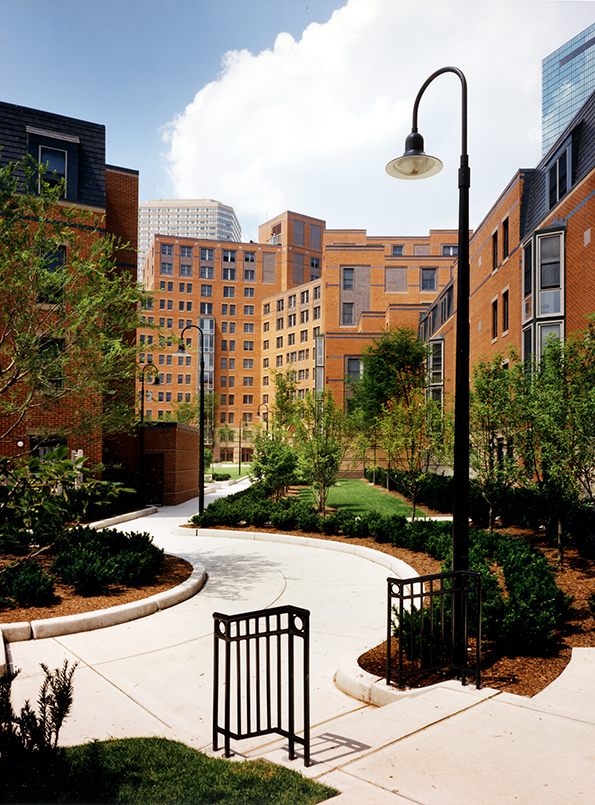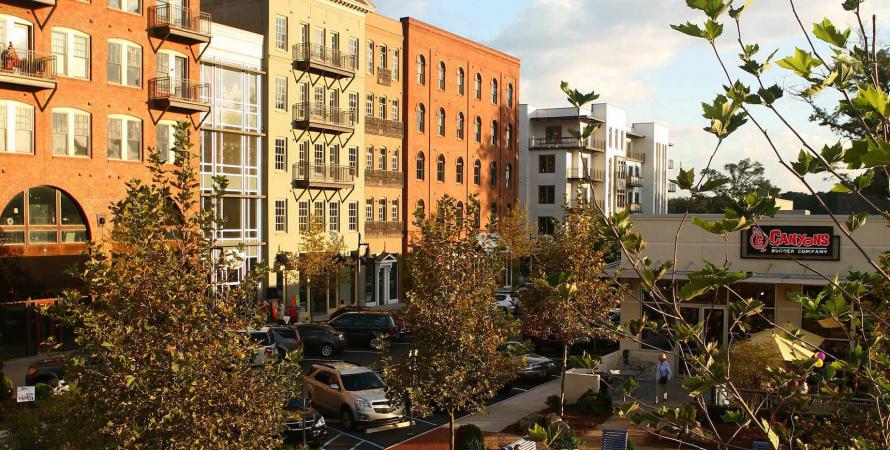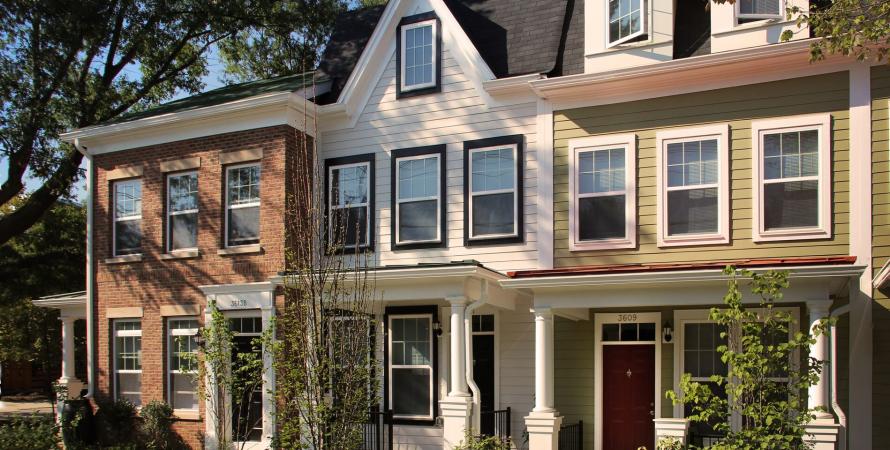Similar Projects
Downtown Woodstock, Georgia #thisisCNU
Woodstock, Georgia
Until 2000, Woodstock, Georgia, was a small town with a population of about 10,000—but encroaching Atlanta sprawl threatened to engulf the community in cookie-cutter projects.
Pollin Memorial
Washington, District Of Columbia
On the East bank of the Anacostia River, just a few miles from the United States Capitol, Pollin Memorial brings a historically sensitive approach to new affordable development in Washington, DC.
Highlands Garden Village #thisisCNU
Denver, Colorado
For a century, the 27-acre Elitch Gardens amusement park was an exciting destination for Denver, CO—until the facility moved in the 1990s.




